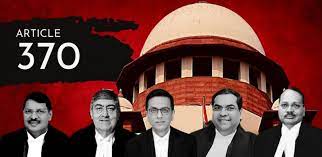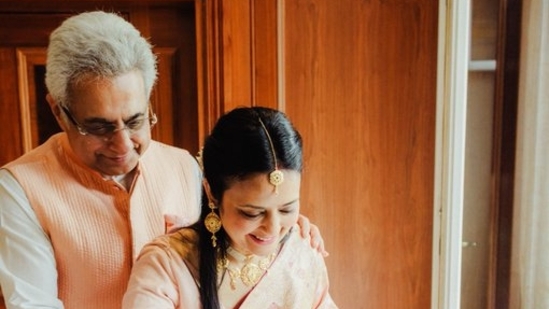Article 370 Verdict Highlights
The Supreme Court delivered its decision on December 11 regarding the Union government’s 2019 action to modify Article 370 of the Constitution.
What did the Center do in 2019 for Article 370?
The abrogation resulted in the elimination of the unique status granted to the former state of Jammu and Kashmir. Subsequently, the Central government proceeded to restructure J&K into two Union Territories, namely Jammu and Kashmir, and Ladakh.
The Supreme Court’s stand for Article 370
The Constitutional order that annulled Article 370 was deemed valid by the court. Chief Justice of India (CJI) DY Chandrachud led a five-judge Constitution bench, which included Justices S K Kaul, Sanjeev Khanna, B R Gavai, and Surya Kant. After 16 days of hearings, the bench reserved its verdict on September 5 this year, addressing a total of 23 petitions in the matter.
CJI DY Chandrachud expressed that Jammu and Kashmir lacked internal sovereignty following its accession to India. He stated that there was no apparent evidence suggesting that the President’s orders in 2019 were made in bad faith or represented an extraneous exercise of power.
Although the court acknowledged the reorganization of the former state into Union Territories in 2019 as a temporary measure, it instructed the Centre to work towards reinstating Jammu and Kashmir’s statehood and organizing Legislative Assembly elections by the upcoming year.
In his concurring opinion, Justice Kaul suggested the establishment of a Truth and Reconciliation Commission in Jammu and Kashmir to acknowledge and address alleged instances of human rights violations in the region.




